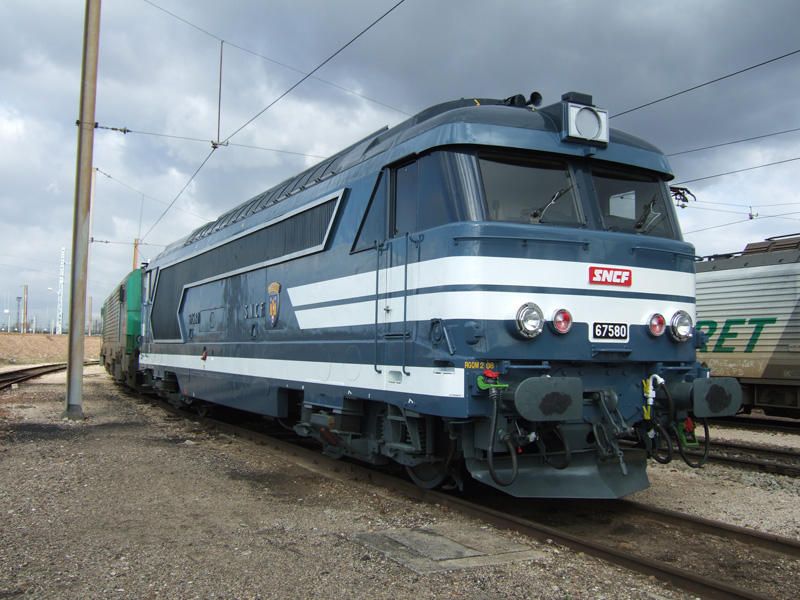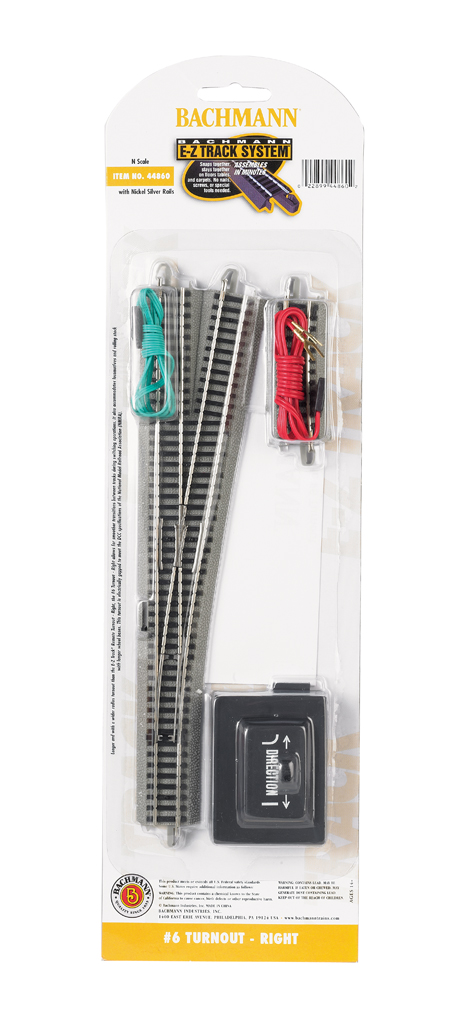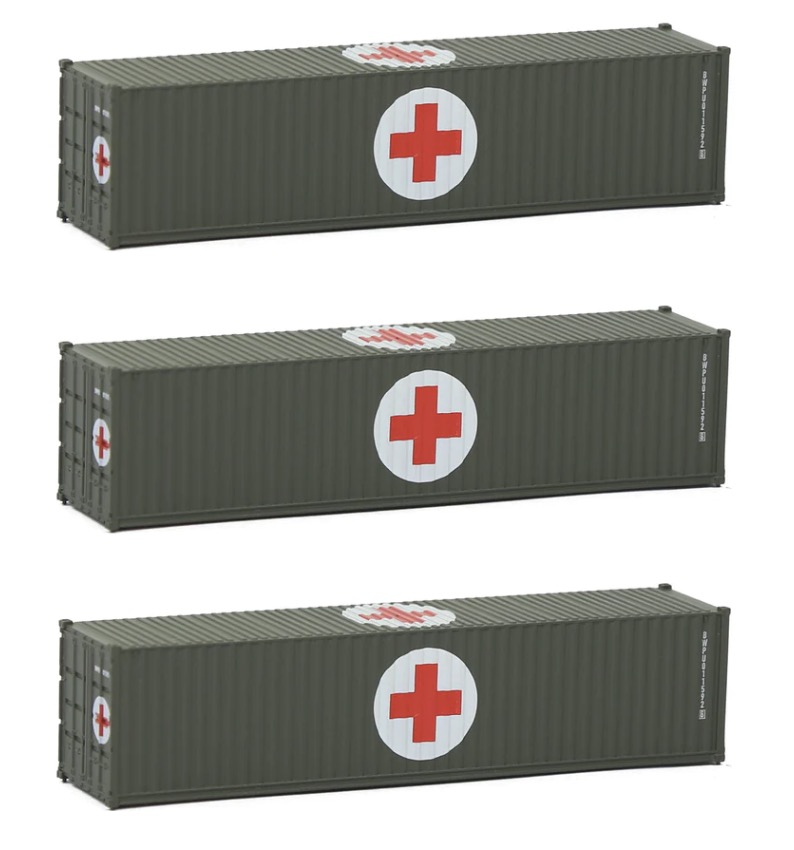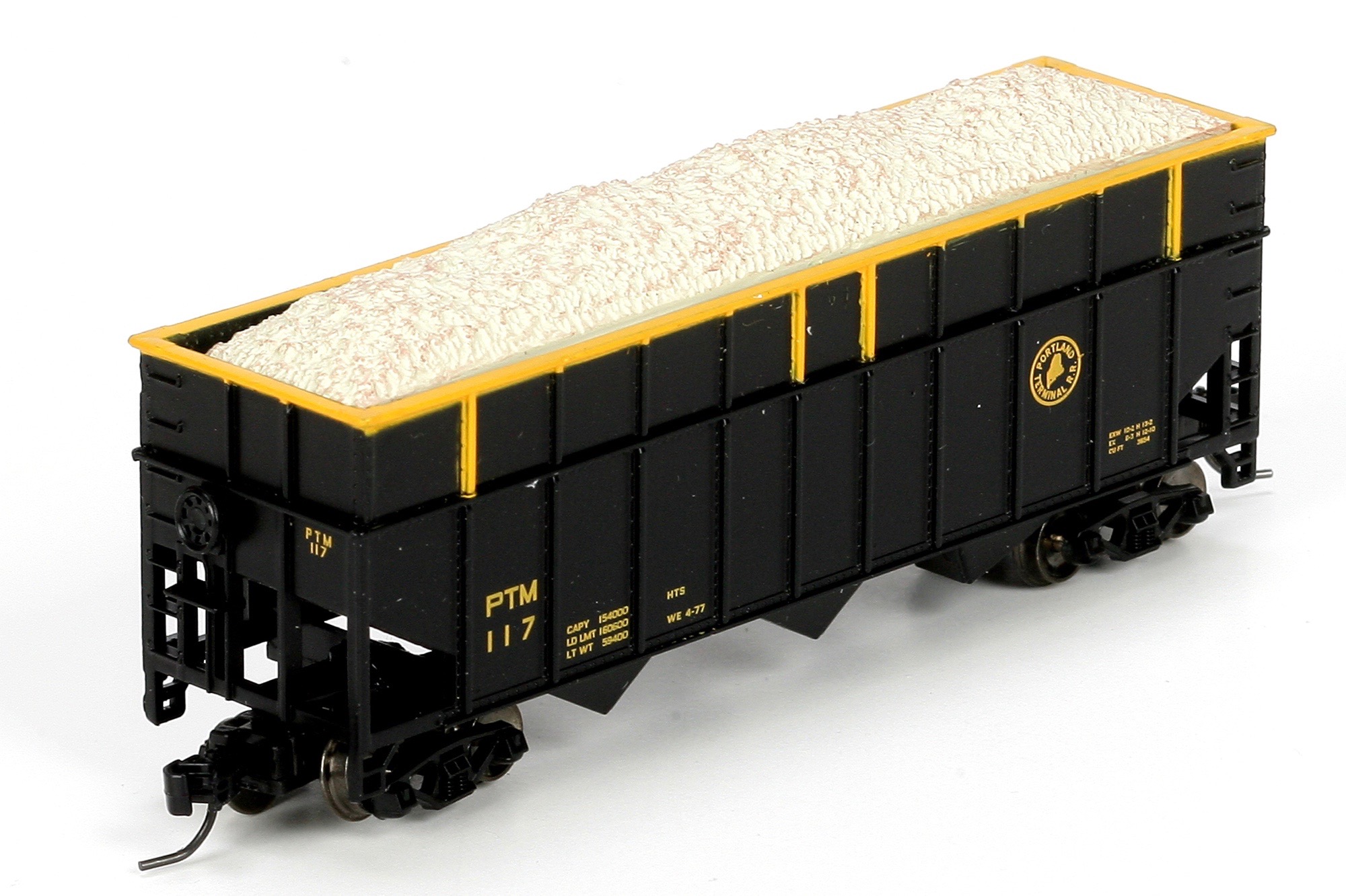Specific Item Information: Road Numbers: Wagon 1 – L&Y No.30897 (plated end vents, double sided 2-shoe brakes and GPV doors) Wagon 2 – LNWR No.13591 (plated end vents, double sided 4-shoe brakes and GPV doors) Wagon 3 – Great Northern No.13207 (plated end vents, single sided 2-shoe brakes and GPV doors)
Road Name History: 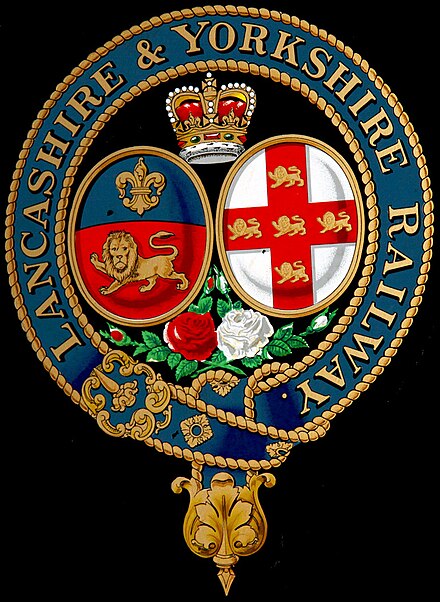 The Lancashire and Yorkshire Railway (L&YR) was a major British railway company before the 1923 Grouping. It was incorporated in 1847 from an amalgamation of several existing railways. It was the third-largest railway system based in northern England (after the Midland and North Eastern Railways).
The Lancashire and Yorkshire Railway (L&YR) was a major British railway company before the 1923 Grouping. It was incorporated in 1847 from an amalgamation of several existing railways. It was the third-largest railway system based in northern England (after the Midland and North Eastern Railways).
The intensity of its service was reflected in the 1,650 locomotives it owned – it was by far the most densely-trafficked system in the British Isles with more locomotives per mile than any other company[citation needed] – and that one third of its 738 signal boxes controlled junctions averaging one every 3+1⁄2 miles (6 km). No two adjacent stations were more than 5+1⁄2 miles (9 km) apart and its 1,904 passenger services occupied 57 pages in Bradshaw, a number exceeded only by the Great Western Railway, the London and North Western Railway, and the Midland Railway. It was the first mainline railway to introduce electrification of some of its lines, and it also ran steamboat services across the Irish Sea and North Sea, being a bigger shipowner than any other British railway company.
It amalgamated with the London and North Western Railway on 1 January 1922. One year later, the merged company became the largest constituent of the London, Midland and Scottish Railway.

The intensity of its service was reflected in the 1,650 locomotives it owned – it was by far the most densely-trafficked system in the British Isles with more locomotives per mile than any other company[citation needed] – and that one third of its 738 signal boxes controlled junctions averaging one every 3+1⁄2 miles (6 km). No two adjacent stations were more than 5+1⁄2 miles (9 km) apart and its 1,904 passenger services occupied 57 pages in Bradshaw, a number exceeded only by the Great Western Railway, the London and North Western Railway, and the Midland Railway. It was the first mainline railway to introduce electrification of some of its lines, and it also ran steamboat services across the Irish Sea and North Sea, being a bigger shipowner than any other British railway company.
It amalgamated with the London and North Western Railway on 1 January 1922. One year later, the merged company became the largest constituent of the London, Midland and Scottish Railway.
Item created by: CNW400 on 2024-01-11 15:07:22. Last edited by CNW400 on 2024-01-11 15:16:06
If you see errors or missing data in this entry, please feel free to log in and edit it. Anyone with a Gmail account can log in instantly.
If you see errors or missing data in this entry, please feel free to log in and edit it. Anyone with a Gmail account can log in instantly.




